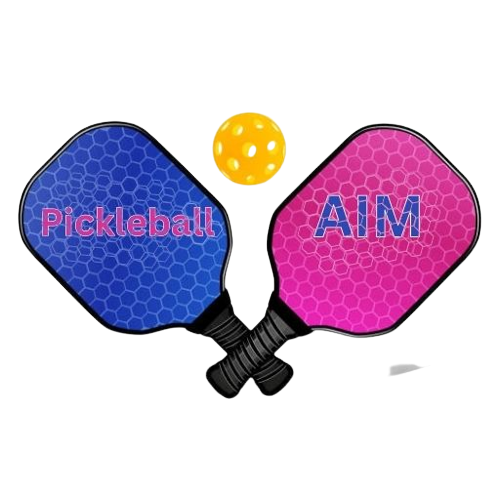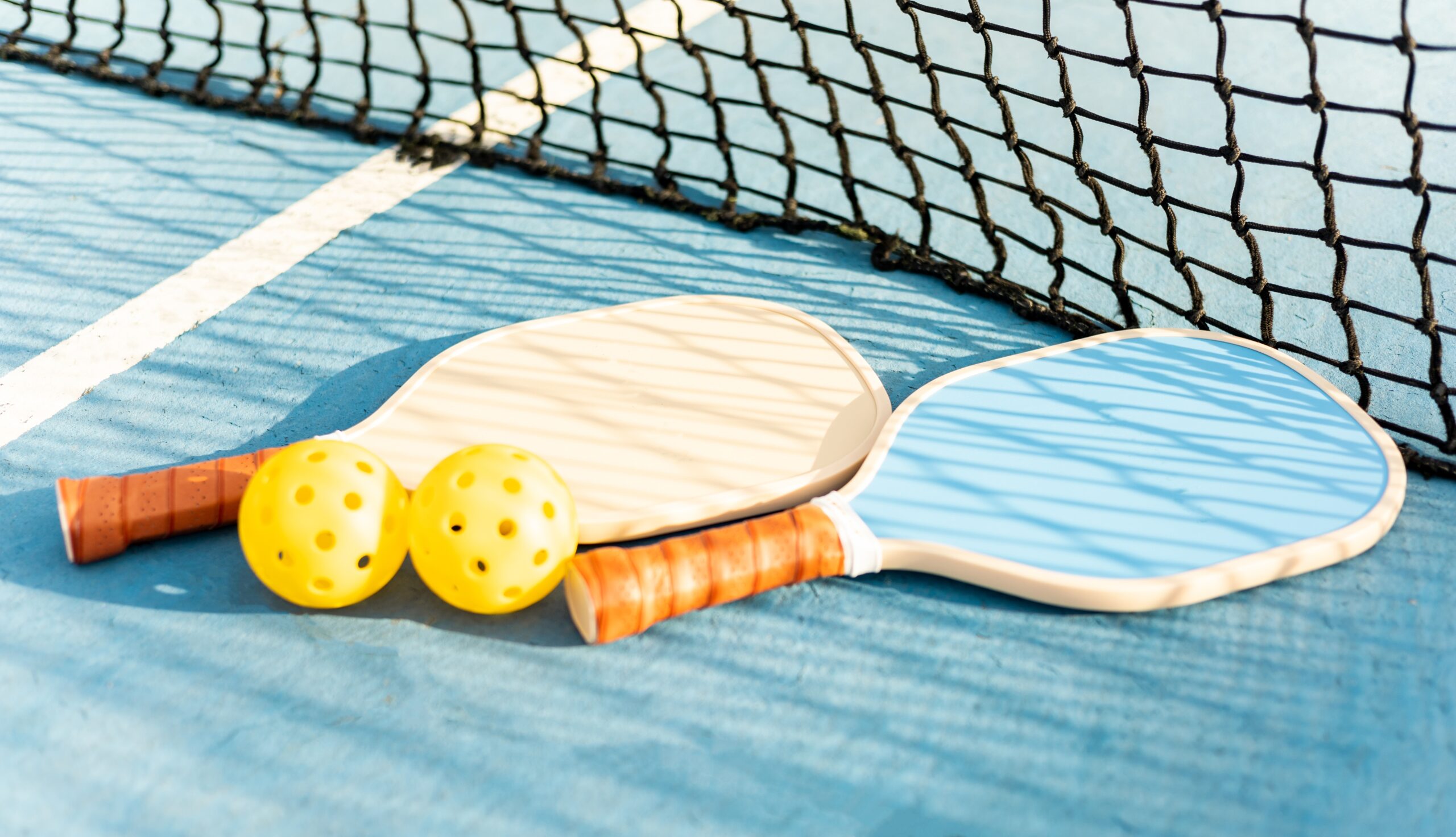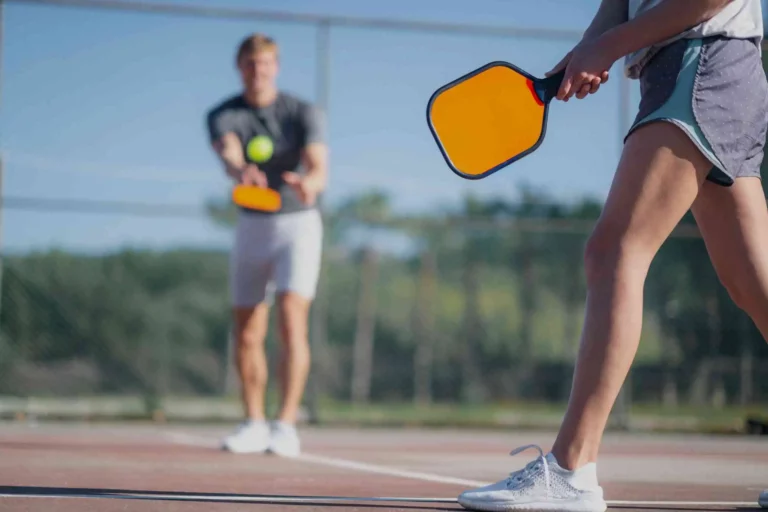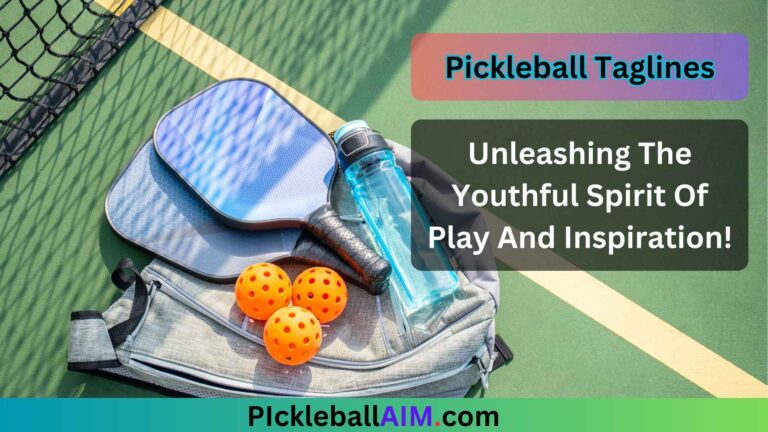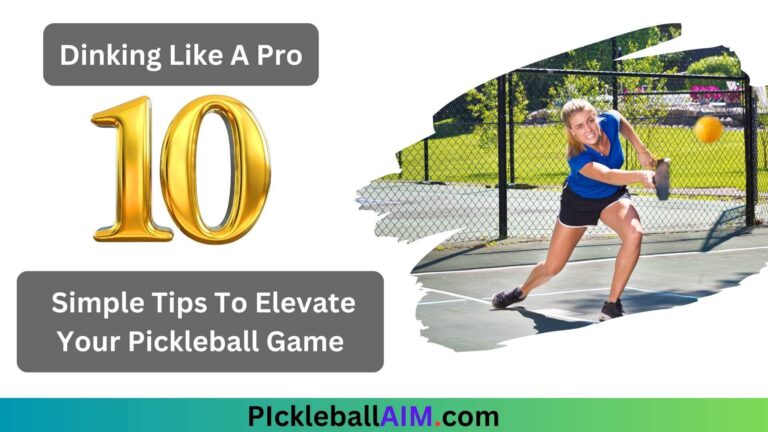The Evolution of Pickleball Paddles: Trends and New Technologies
Pickleball has seen a dramatic surge in popularity over the last few years, captivating players across age groups with its engaging blend of tennis, badminton, and ping-pong. As the sport grows, so does the technology and innovation behind the equipment, particularly pickleball paddles. This post explores how pickleball paddles have evolved, highlighting the latest trends and technological advancements that are shaping the future of the game.
The Early Days: Wooden Paddles
Pickleball was invented in 1965 on Bainbridge Island, Washington. The first paddles were simple wooden boards, often made from plywood. These paddles were heavy and offered limited control, but they were inexpensive and easy to produce, making them accessible for a new sport gaining traction.
The Introduction of Composite Materials
As pickleball began to spread and gain a formal competitive structure, the need for more sophisticated equipment became apparent. In the late 1980s and early 1990s, manufacturers started experimenting with composite materials, a trend borrowed from advancements in racquet sports like tennis.
Composite Paddles:
- Materials: Composite paddles are made from a blend of materials such as fiberglass, carbon fiber, and vinyl. These materials allow for a lighter paddle than wood, which can significantly improve maneuverability and player reaction time.
- Core Innovations: The core of the paddle also saw innovation, with materials like Nomex (a type of aramid fiber), aluminum, and polymer being used. Each material has distinct characteristics:
- Nomex: Durable and lightweight but produces a louder pop on impact.
- Aluminum: Offers excellent control and is lighter than Nomex but can be less durable.
- Polymer: The most recent development in core materials, known for being quiet and soft, which allows for great control and reduced ball speed, making it ideal for strategic gameplay.
The Rise of Graphite Paddles
Following the introduction of composite paddles, graphite paddles began to gain popularity. Graphite paddles are known for their stiffness and lightweight properties, allowing for precise shots and quick gameplay.
Graphite Paddle Features:
- Surface: A graphite surface is typically layered over a composite core, combining the lightweight properties of graphite with the responsive nature of composite materials.
- Control and Power: Graphite paddles offer a good balance between control and power, making them suitable for both beginners and experienced players who value precision in their play.
The Role of Technology in Modern Paddle Design
Today, the evolution of pickleball paddles is heavily influenced by technological advancements. These innovations focus not only on improving the quality and performance of the paddles but also on enhancing player experience and safety.
1. Edge Guard Technology:
- Purpose: Protects the edges of the paddle from damage during play.
- Design: Modern edge guards are slim and lightweight to minimize interference with the paddle’s sweet spot while providing necessary protection.
2. Textured Surfaces:
- Function: Enhances the spin and control a player can exert on the pickleball.
- Materials: Manufacturers use different texturing techniques, such as UV or gritty paint, to increase the surface roughness of the paddle for better ball grip.
3. Aerodynamic Design:
- Goal: Reduce air resistance and improve swing speed.
- Features: This includes redesigned paddle shapes and handle lengths to maximize airflow and player comfort during strokes.
4. Vibration Dampening:
- Benefits: Improves player comfort by reducing the impact vibration through the paddle when hitting the ball.
- Implementation: Advanced materials and design tweaks in the core and handle absorb and disperse shock more effectively.
5. Customization and Personalization:
- Trend: With the growth of the sport, players are increasingly looking for paddles that can be customized in terms of weight, grip size, and design aesthetics.
- Services: Companies now offer services to customize paddle colors, graphics, and even the physical properties of the paddle to suit individual playing styles and preferences.
The Future of Pickleball Paddles
The future of pickleball paddles promises even more customization and technological advancements as the sport continues to professionalize and expand globally. We can expect:
- Smart Paddles: Incorporation of technology to track player performance and provide feedback directly through the paddle.
- Eco-friendly Materials: A shift towards sustainable and eco-friendly materials without compromising on performance as environmental concerns become more prominent.
Conclusion
The evolution of pickleball paddles from simple wooden designs to sophisticated sports equipment is a testament to the sport’s growth and the community’s passion. As technology continues to advance, the potential for innovation in paddle design seems limitless. Whether you’re a casual player or a competitive athlete, the developments in pickleball paddle technology are set to enhance your playing experience, making the game more enjoyable and dynamic.
